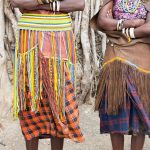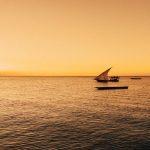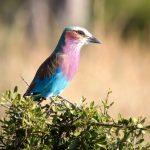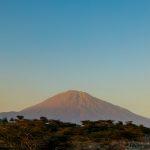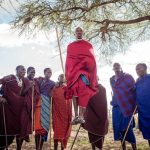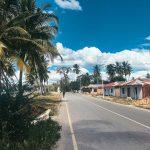Dave’s Tanzania Trip Report
Travel is well and truly back after what seemed like a lifetime of endless pandemic-fuelled complications. It was such a great feeling to once again set foot in Africa. This time, I visited Northern Tanzania.
A big reason for my trip was to see how the camps of Asilia, one of our top partners in East Africa, were faring post-Covid. The good news is: very well indeed. They certainly lived up to, and exceeded, my expectations. We’ve been sending our clients to stay with Asilia for almost as long as they have been around. Over the years we have formed a strong bond, and we still love everything they have to offer. They have grown from having only two camps in Tanzania, to operating a network of 19 intimate camps and lodges, dotted around the best parks in East Africa. But whilst they have grown, this trip proved to me they have not lost their boutique charm.
In mid-November, I arrived into Kilimanjaro, where a night in the ever-reliable Rivertrees gave me time to rest and freshen up before starting my safari. And I would need it, as my trip would take me to six camps, all spread across the northern Tanzania circuit. They included: Oliver’s Camp in Tarangire National Park; The Highlands in the Ngorongoro Conservation Area; Ubuntu Migration Camp in the southern Serengeti; Namiri Plains in the eastern Serengeti; Dunia Camp in the central Seronera area; and Sayari, located up in the most northern reaches of the Serengeti, just shy of the Kenyan border.
Tarangire was the biggest surprise of my whole trip. I was amazed at how good and diverse the wildlife was, even out of the high season months. This rarely-visited park has a real mix of landscapes – from small, wooded areas to wide open plains, flooded swamps and the famous baobab trees that pepper the park from north to south. The park is famous for the strong numbers of elephants it attracts during the dry summer months, but it’s also home to around 500 species of birds – a big draw for all twitchers.
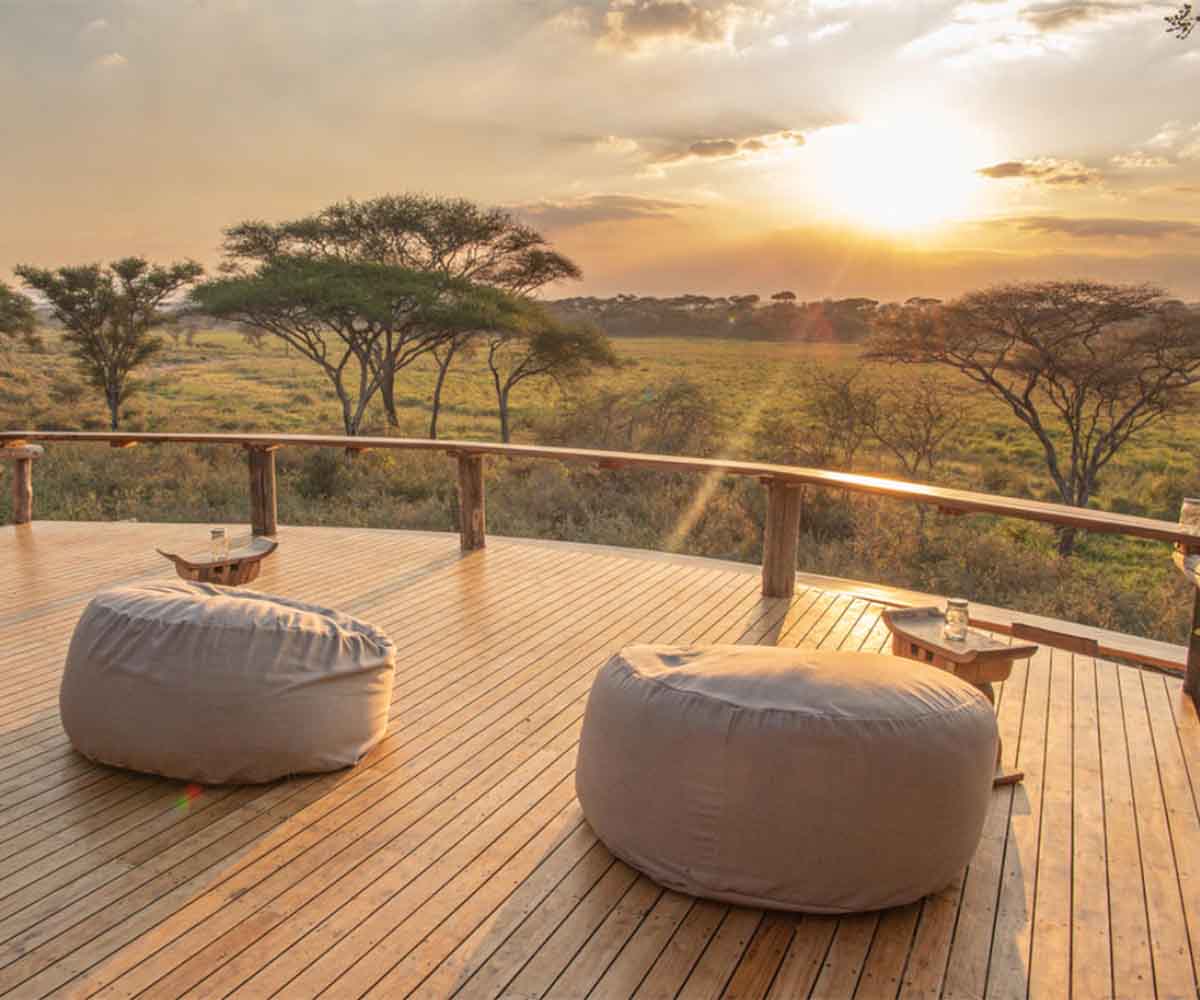
My first two nights in the park were spent at Oliver’s Camp – a small tented set-up deep in the central Kuro region of the park. There are very few other camps in this area, so you really do feel you are alone in the wilderness on an old-school safari. The rooms at Oliver’s are large and spacious, each with an outside deck facing out onto the surrounding wilderness. In the mornings, spoor in the sand indicates what may have wandered past during the night. On one night, the roaring of lions and whooping of hyenas were the lullabies that sent me to sleep.
Tarangire is also one of the few parks in Tanzania where both night drives and walking safaris are allowed. I highly recommend going out on a night drive, as this is when the animals are at their most active. We saw a huge variety of nocturnal animals on our drive, including a chameleon and several porcupines.
The walks are undertaken with your guide and a park ranger – both are armed, although their skill in reading the animals behaviour will keep you at a safe distance from them anyway. However, it’s the smaller details that made my walking safari so fascinating. From unused warthog dens in large termite mounds, to ant lion larvae, these are all things you would miss whilst sat in a vehicle. The walk was at a steady and gentle pace and lasted for a couple of hours before we ended up at a spot for our evening sundowners, watching the night envelope us and the nocturnal creatures of the park coming to life.
The Ngorongoro Crater is a must on any northern circuit with Asilia’s Highlands camp redefining the whole experience. The camp is set in amongst a forest on the adjacent Olmoti Volcano with about a three-hour drive from Lake Manyara airstrip. The Highlands’ eight domed suites are surrounded by lush vegetation with stunning views over the surrounding hills. It’s well worth the wait, and probably one of the cosiest camps I have ever been to, with a very Scandinavian feel. Each of the rooms have a wood-burning stove which is lit every night, and on the colder nights hot water bottles are provided as well. The camp has a very remote feel to it with only Masai bomas close by, but is still within easy access for your Ngorongoro Crater game drive. But it’s the extra activities that set this camp apart with half day walks down to the nearby Empakaai Crater floor where you can see the pink flamingos in the right season. Highly recommended is a visit to one of the many local Masai Bomas where a Masai guide will teach you about the local community. It’s a real eye-opener into one of Africa’s more famous tribes.

Asilia have several tented and permanent camps within the Serengeti. Both Ubuntu and its more upmarket sister camp Olakira are the only mobile ones that move two or three times a year around the park.
We were the first guests at Ubuntu Migration Camp for the current season, and this is my kind of camp. It’s a no-nonsense traditional mobile camp with bucket showers and solar generators, with ten large tents, a dining area and bar. Perfect. This is a real camp for the true safari aficionado. Set as far south as you can go within the Serengeti, you are here for the game and nothing else. Although, saying that, we were too early to see the Great Wildebeest Migration herds, as due to prolonged rains in Kenya they had not arrived yet.
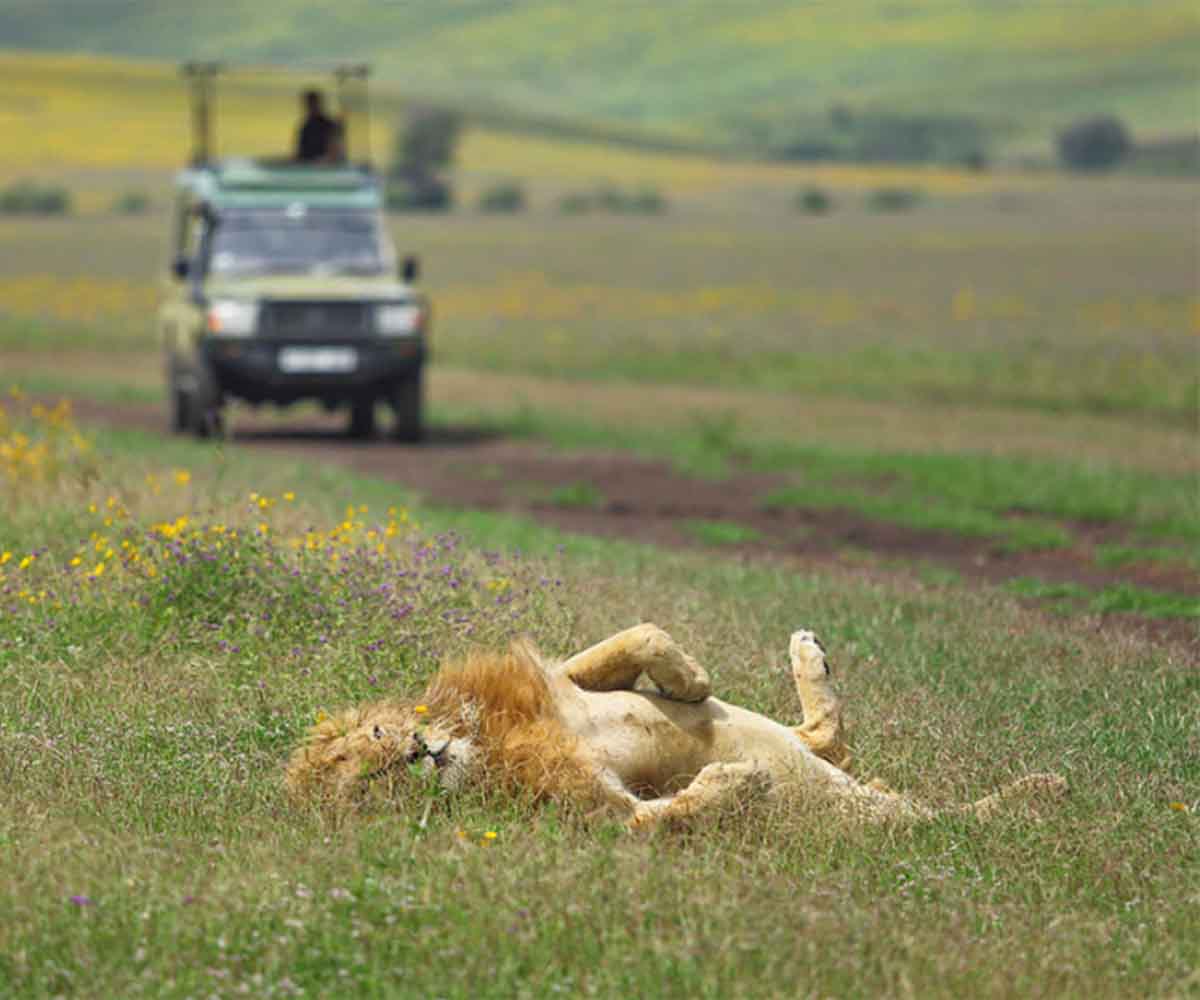
After leaving Ubuntu, we had rather a long driving day, firstly to Namiri Plains in the remote eastern part of the park, then onto Dunia in the central Seronera area. Driving in the park can be hard going with no tarmac roads, so expect a few African back massages. We saw plenty of game along the way though, with the lion density increasing as we got closer and closer to Namiri Plains.
This is one of the best camps I have visited in the Serengeti. It is truly stunning, and I can now understand why some of our clients return year after year to this same camp. It’s a real shame we were only there for lunch and could not stay the night, but Namiri Plains is one of those camps that is regularly full. Now I can understand why.
I don’t quite know how to describe the camp. The ten large chic tents reminded me of camps I have stayed at in Namibia and Oman. They have a very desert feel to them, which fits perfectly with the surrounding area of very short grass, which in the dry season can be a little dusty.
Our drive to Dunia in the central area took about four hours or so, but we did enjoy many stops along the way with great sightings of several lion prides. Dunia is the only camp in Africa ran entirely by women – and you can tell. The finishing touches really make the camp stand out amongst the others. The camp has had a couple of reincarnations since my last visit a few years ago; what was tents on the ground is now raised decking – a great improvement. The main area has been totally refurbished as well since my last visit.
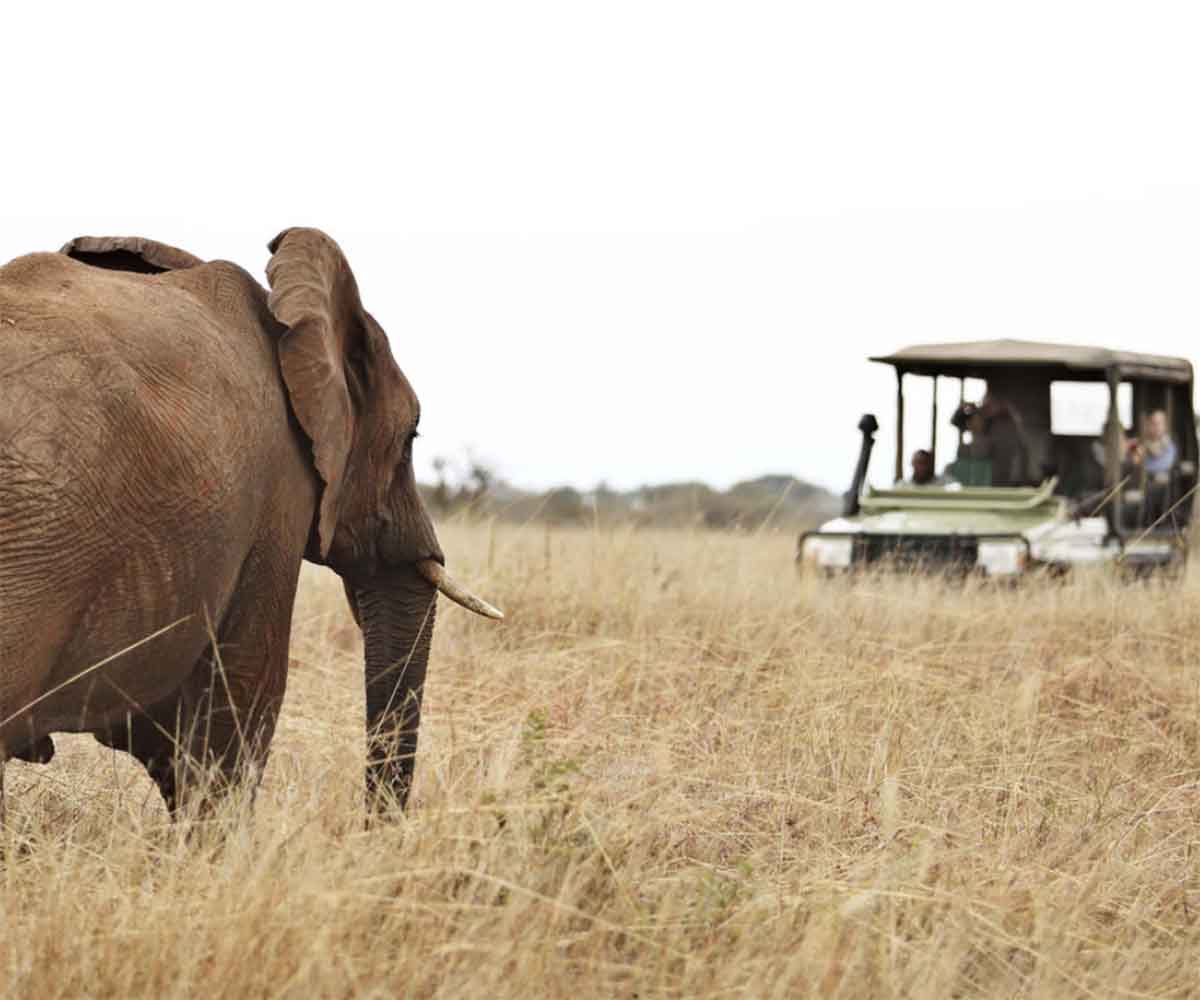
The best was left to the end, as it should be, with a couple of nights at Asilia’s premier camp, Sayari. This and Nomad’s Lamai are the best permanent lodges on the Kogatende side of the Mara River. With 15 suites, their own micro-brewery, swimming pool and lounge area, Sayari really was ultimate luxury in the bush. Its location, a mere ten minutes from the Mara River is probably the best located camp in Northern Serengeti to catch a world-famous river crossing.
And although I had never experienced a river crossing, luck was on my side this trip. As you’ll find out in my next update.

